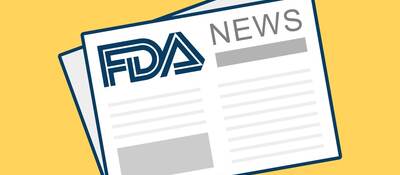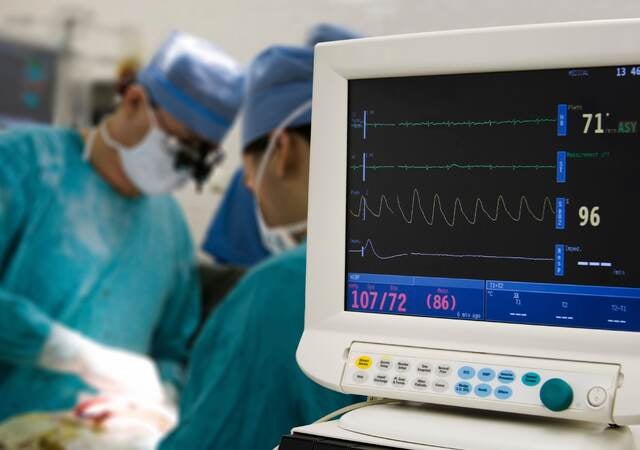May 1, 2024
By Sarah Fitzgerald
We at Emergo by UL are proud to have had one of our senior consultants attend the MedCon Conference in Columbus, Ohio on April 24-26. Here we describe some of our top pre-market consideration takeaways from the conference for those who were unable to make it. We encourage all regulatory professionals to consider attending next year! But if you can’t, no worries. We will report all the medical device regulatory news you need to know.
Regulatory harmonization, convergence and reliance
While the primary regulatory agency in attendance was the U.S. FDA, representatives from Brazil’s ANVISA and EU Notified Body also attended. A significant push toward harmonization and regulatory reliance, driven by the International Medical Device Regulators Forum (IMDRF), was noted. While the details are still being worked out between regulators, the FDA recommended reviewing their draft strategic plan for international harmonization.
It was also noted how the U.S. FDA, Health Canada and the UK MHRA have collaborated to create guiding principles for good machine learning practices and predetermined change control plans (PCCPs).
Digital health
The topic of digital health, including but not limited to artificial intelligence and machine learning (AI/ML) was one of the running themes throughout the conference, and the FDA presented for many of these discussions. The FDA discussed their Digital Health Center of Excellence as providing significant guidance to the industry and discussed some of that guidance. Acknowledging that the information on digital health can be overwhelming, they highlighted their Digital Health Policy Navigator as a great starting point for those looking to understand what applies to their product. Particular emphasis was placed on supporting risk assessment through adequately addressed digital health, including considering using AAMI CR34971 for AI/ML and IMDRF N81. The FDA emphasized taking a total product lifecycle (TPLC) approach to digital devices. They also encouraged supporting safety through consideration of adequate patient perspectives for these devices.
Beyond the technological challenges, there was also discussion on how to appropriately label devices so that users and patients can obtain the data that they need without being overwhelmed with data that is unnecessary or might be confusing.
Predetermined Change Control Plans (PCCPs)
The FDA released a draft guidance document for PCCPs for AI/ML in 2023 and hopes to finalize this guidance and release a draft guidance on PCCPs for medical devices in general during 2024. FDA noted that they have authorized devices with a PCCP. They further noted that one of the major concerns that they have had with PCCPs that have been submitted is that they are too broad (not appropriately focused and bounded). The FDA recommended holding a pre-submission Q-submission before submitting a PCCP in a marketing application.
Home as a healthcare hub
FDA noted that they are launching an initiative to encourage the home to be considered a healthcare hub. The FDA intends to facilitate the adaptation of existing devices and technologies to allow them to reach the home environment more efficiently.
Encouraging innovation
The FDA noted that they are committed to enabling and encouraging innovation in medical devices, emphasizing that the U.S. is the first market that most companies bring their innovative device to, alone or in parallel with other market introductions.
There was significant discussion on the Breakthrough (BTD) and Safer Technology Product (STEP) designations and the current status of these programs. As described by the FDA, 917 devices had been granted BTD and 41 devices had been granted STeP designation.
Challenges were, however, noted. In particular, many of these devices have not made it to the market and may never do so, which is believed to be in part due to funding and reimbursement issues. The FDA promoted its pilot Total Product Life Cycle Advisory Program (TAP) to help address questions and concerns from companies enrolled in this program.
De Novo submission concerns
There was discussion on what would happen if two de novo classification request submissions (de novos) were made for devices that were similar enough that they would be considered in the same product code as technically only the first is supposed to go through this process. The FDA noted that in one case, they authorized two such devices on the same day, but they do not intend to do this again. Instead, the first device to finish review and be granted will go through the de novo process and review and any others in the de novo process will be halted, and the sponsor will need to resubmit as a 510(k). FDA further noted that no refunds are available if the device has already passed the refuse-to-accept initial review, but that they will try to alert sponsors at this time if they are aware of a de novo already in review that is likely sufficiently similar to see if they want to move forward or not (and therefore be eligible for a refund).
This may be especially concerning for companies with laboratory-developed (LDT) in vitro diagnostics (IVDs) as the FDA released their final rule that phases out enforcement discretion over most LDT IVDs over four years and requires standard premarket submissions for these devices. There may not be a predicate on the market for these devices and this could complicate the implementation of this rule.
Sterilization, ethylene oxide (EO) and the Environmental Protection Agency (EPA)
The FDA noted that approximately half of sterile medical devices use EO sterilization. With the EPA’s rule to reduce EO emissions, there is significant concern about preventing shortages of sterile medical devices in the U.S. Reconsideration of what the requirements for sterility really should be and revalidation of lesser amounts of EO are likely going to be necessary. There was also concern that this rule may lead to companies offshoring both manufacturing and sterilization because of this rule. FDA recommended considering during the design process how things should be sterilized, especially if EO will be used. For example, consideration should be given to whether the entire package needs to be sterilized (which often includes paper instructions for use, etc.), or if only the immediate packaging for a device needs to be sterilized (which should reduce the amount of EO needed to achieve sterility).
More changes coming
The FDA indicated that they are working on reimagining their entire premarket program and to be on the watch for updates in the future. They hope to make submissions efficient for industry and the FDA including reducing the number of deficiencies that require a hold from the FDA.
Concluding remarks
MedCon 2024 was highly educational providing the opportunity to learn, collaborate and network. Please reach out to us if you have any questions on key takeaways or would like to discuss how we can assist you in bringing your device to the market.
Request more information from our specialists
Thanks for your interest in our products and services. Let's collect some information so we can connect you with the right person.







